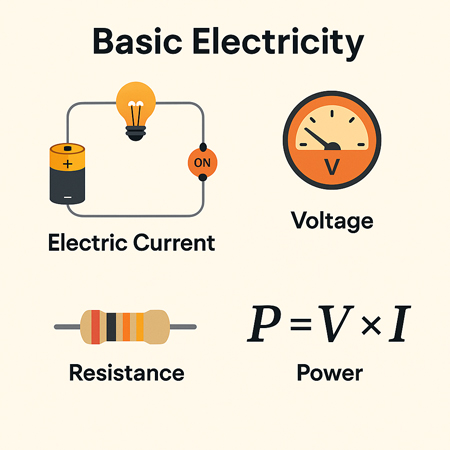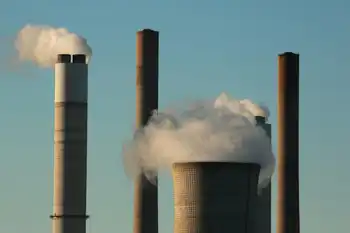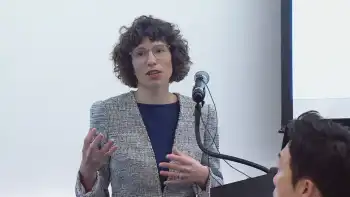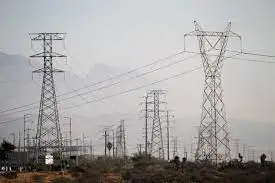Entergy favors upgrade of coal-fired plant
By Arkansas Democrat-Gazette
Electrical Testing & Commissioning of Power Systems
Our customized live online or in‑person group training can be delivered to your staff at your location.

- Live Online
- 12 hours Instructor-led
- Group Training Available
Entergy Arkansas Inc.'s White bluff plant falls under the Environmental Protection Agency's Regional Haze Program, aimed at eliminating man-made haze in and around the nation's 156 national parks and wilderness areas. Under the program, plants must reduce their sulfur dioxide and nitrogen oxide levels to help visibility return to more normal levels by 2064.
The Caney Creek and Upper Buffalo wilderness areas are within 190 miles of White Bluff. And Entergy environmental support manager Mark Bowles says the power plant will require "best available retrofit technology" to continue operations beyond September 2013, a deadline determined by state regulations.
Entergy could close the plant in four years and buy electricity on the open market, buy or build a replacement plant most likely fueled by natural gas, or pay higher costs for carbon emissions either in an anticipated cap-and-trade program or carbon emission taxes.
But for now, company officials are leaning toward an upgrade — using a dry scrubber that would extract harmful compounds from plant emissions and would lower nitrogen oxide output by 67 percent and sulfur dioxide levels by 90 percent.
"So later this month or in early April, we plan to file with the Arkansas Public Service Commission and ask that they find our investment to be in the public interest," Steve Strickland, Entergy's vice president of regulatory affairs, said.
If approved, construction would begin in late 2010.
Approval by state regulators also would mean eventual rate increases for up to 85 percent of Arkansas' estimated 1.4 million electricity customers. White Bluff is the state's fourth-largest power plant and last year generated nearly one-fifth of Entergy Arkansas' electricity. The company has more than 684,000 customers.
Entergy also would face opposition from groups currently battling to stop Southwestern Electric Power Co.'s construction of a coal-fired power plant in Hempstead County.
"We will fight any attempt to continue using or build new coal plants in Arkansas," said Glen Hooks, senior regional representative with the Sierra Club. "We're focused on stopping coal in favor of newer, greener energy sources."
According to the environmental advocacy group, plans for 96 of 151 U.S. coal plants proposed during the past three years have been dropped or delayed. Earlier this month, Sierra Club organizer Joe Sundell said Arkansas was one of eight states that has yet to reject such a project. He said most states want alternative energy sources because coal is "not the best economic choice" and "endangers public health."
Since 2005, White Bluff has twice been identified by the Environmental Integrity Project as one of the nation's largest, man-made emitters of mercury.
But opposing White Bluff would mean more than a fight with Entergy. White Bluff feeds Arkansas Electric Cooperatives Corp., which supplies 17 member utilities with power to serve 480,000 customers, and the plant also supplies municipal utilities in Jonesboro, Conway and West Memphis.
Entergy owns 57 percent of the 1,657-megawatt plant, followed by the AEC with 35 percent. Jonesboro owns 5 percent, Conway 2 percent and West Memphis 1 percent.















